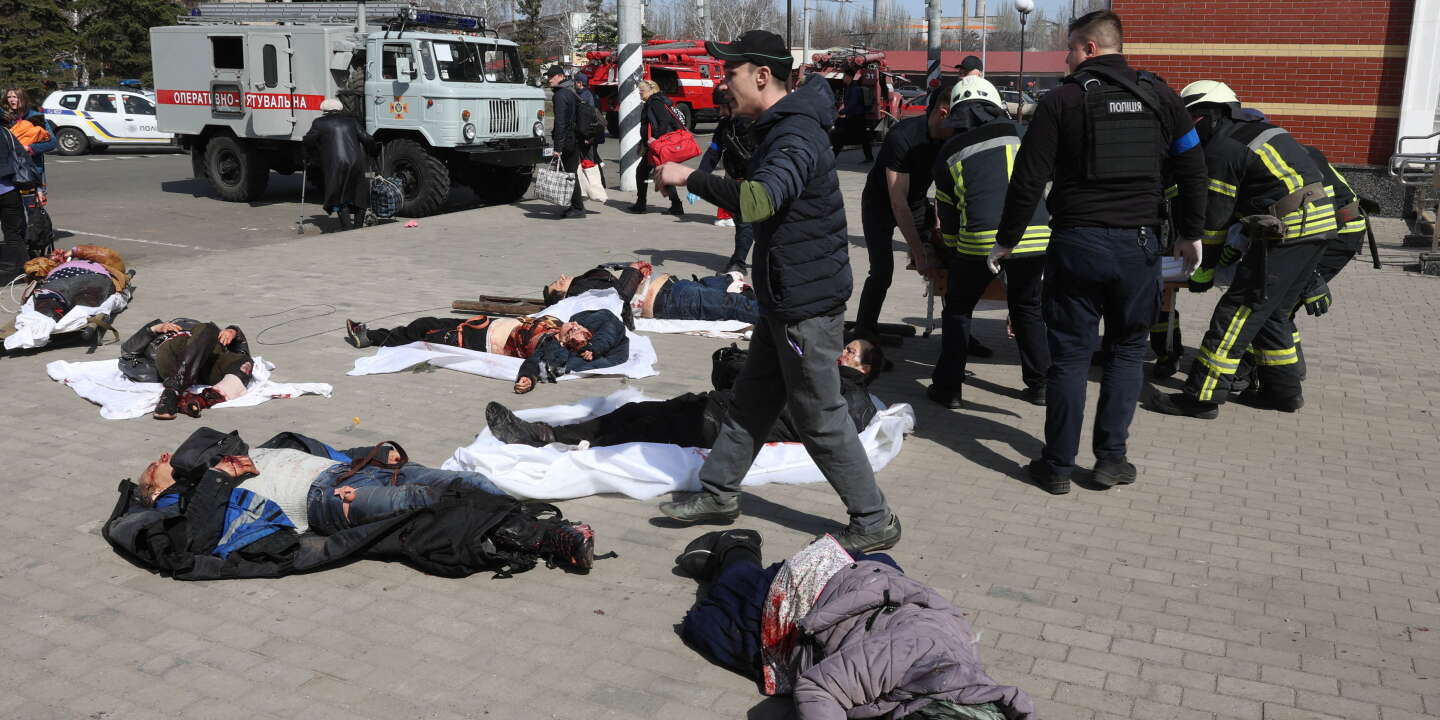
It was arguably the continent that sparked the most fear at the start of the pandemic. Reduced screening and sequencing capabilities, limited access to Covid vaccines… How has Africa dealt with the coronavirus pandemic with a limited sanitation arsenal?
According to official figures, the feared tidal wave and massacre – fortunately – did not materialize. How to explain it? Are the figures quoted really representative? 20 minutes Make the point.
Low numbers, but unreliable indicators
On paper, Africa is the continent least affected by the pandemic to date. Of the nearly 494 million infections and more than 6.1 million officially recorded deaths on the planet, sub-Saharan Africa has just under 8 million cases and fewer than 165,000 deaths, according to the latest figures from the epidemiological center. Epicenteraffiliated with the NGO Doctors Without Borders (MSF).
Figures that in more than half of the cases relate to the only South Africa, to date, the country of the continent has paid the heaviest price. The state, which has a population of 59 million, has registered more than 3.7 million people infected with the coronavirus, which has claimed the lives of more than 100,000 South Africans, according to figures from the National Institute of Communicable Diseases. However, the researchers estimate that the actual number of victims could be three times higher. Data from the South African Medical Research Council shows that there have been more than 300,000 additional natural deaths since the start of the pandemic.
On the other hand, the figures for the rest of the continent are so low that they raise questions. Such as Nigeria, the most populous country in Africa with 215 million inhabitants, which has officially registered just 260,000 cases in two years, including 3,142 deaths.
Wide asymptomatic circulation
Numbers so low that they suggest they were probably underestimated. So, in an effort to get a more accurate picture of the pandemic in sub-Saharan Africa, the Epicenter epidemiological center conducted seroprevalence surveys in six countries – Cameroon, Kenya, Mali, Niger, the Democratic Republic of the Congo (DRC) and Sudan – to assess the proportion of the population that has already been in contact with the virus. And the results, made public in December 2021, show that the COVID-19 actually very widespread on the continent.
For example, the researchers have found that since the start of the pandemic in Mali, almost a quarter of the population has contracted the corona virus, while according to official figures 0.07% of people tested positive. In Niger, official data shows that 0.02% of the population is infected, but in reality, 42% of Nigerians have been in contact with Covid-19. The same is true in Sudan, where almost 34% of the population is infected, against 0.08% according to official figures.
How to explain this discrepancy? Due to “a history of low use of health services in Africaraising fears of underreporting of cases, low availability of objectively verifiable data on the epidemic in Africa, where mortality remains unknown, and low access to diagnostic tests,” said Salha Issoufou, MSF’s director of medical operations for Western Europe. Central together Africa, during the webinar on the presentation of the results of these seroprevalence studies.
But also due to a low-noise circulation of the virus, within a young population that could contract Covid-19 without developing the slightest symptom. “The percentage of asymptomatic people is much higher in Africa. They don’t feel the need to get tested,” said Yap Boum, Epicenter Africa’s representative. The virus circulated “considerably” on the continent, but generated “less severe forms than elsewhere”.
The pandemic under control on the continent in 2022
Despite this patchy data, the WHO is optimistic about the future and is confident that the pandemic in Africa will be under control by 2022. In many countries on the continent, the contamination is decreasing, resulting in the lifting of the last restrictions, as in France in mid-March. Example with Equatorial Guinea, in Central Africa, which on March 22 curfew imposed on the population for thirteen months. On Monday, South Africa, through its president, Cyril Ramaphosa, in turn announced the lifting of all restrictions, stressing that it was time to revive growth as the number of new infections and deaths since mid-February has decreased significantly. According to the leader, the death rate fell from a daily average of 420 in July 2021 to just 12 last week. “We hope the worst is over and better days are ahead,” he said.
The next day, it was the Nigerian government that lifted most of the restrictions, including curfews and gathering restrictions imposed at the start of the epidemic. “The response to Covid-19 has been revised, the presidency said, taking into account the reduction in the number of cases and the risk of new variants arriving in the territory, as well as the availability of vaccines” in the country.
Africa will remain the red lantern of the world for the time being vaccination † “Even if it lags behind, with only 11% of the adult population fully immunized, we now have a regular supply of doses,” tempered Dr. Matshidiso Moeti, WHO Regional Director for Africa, in mid-February. For Yap Boum, more than vaccinating the entire population, the priority must be to adapt the vaccination strategy to the reality on the ground. With a majority of cases in young people that have developed forms with few or no symptoms, “we can ask ourselves whether it is necessary to administer vaccines in a uniform way, the reason for this is mainly to avoid the most serious pathologies , as indicated by the World† Vaccines are essential for those most at risk, ie the elderly or those with co-morbid factors”.



